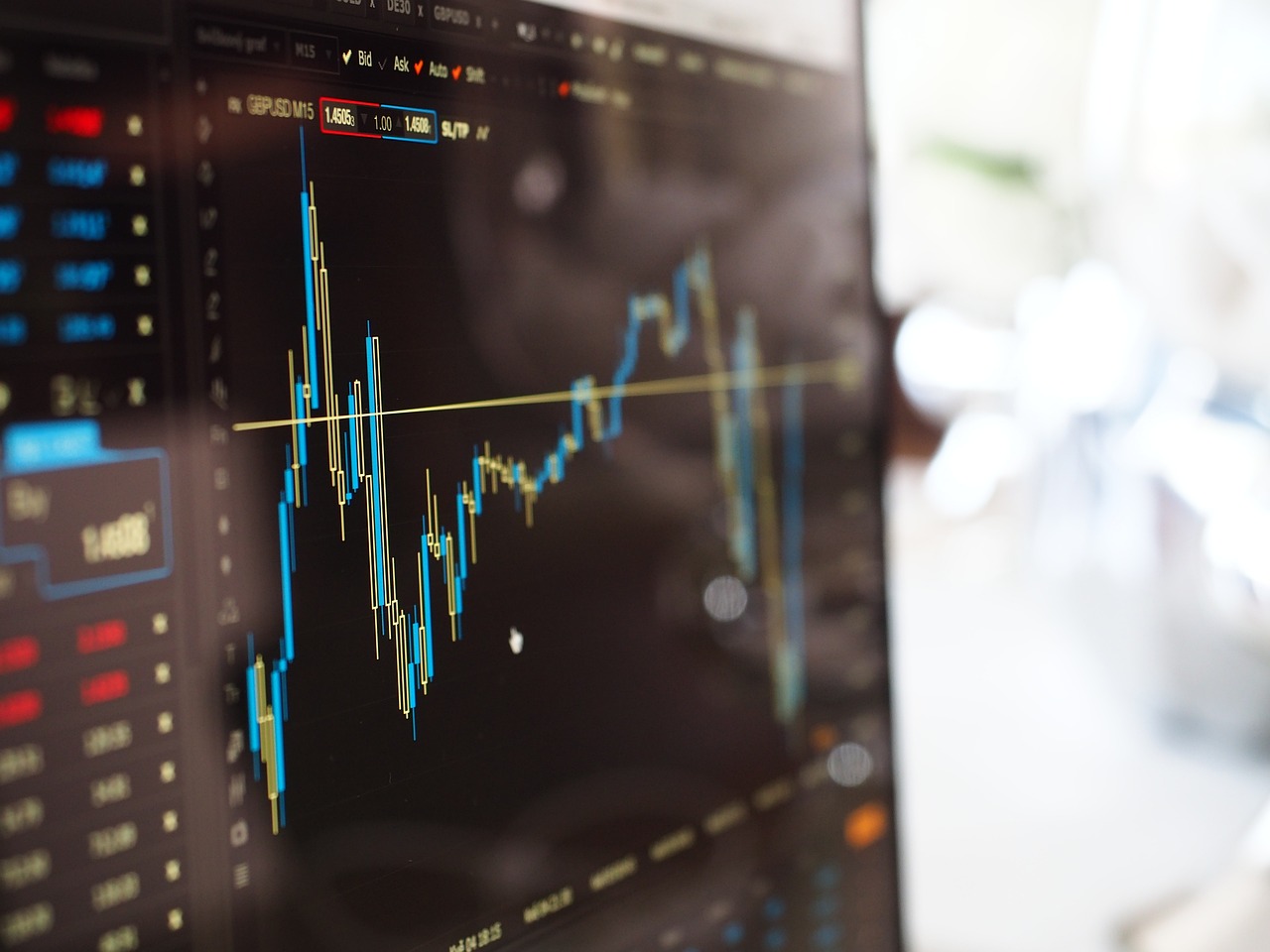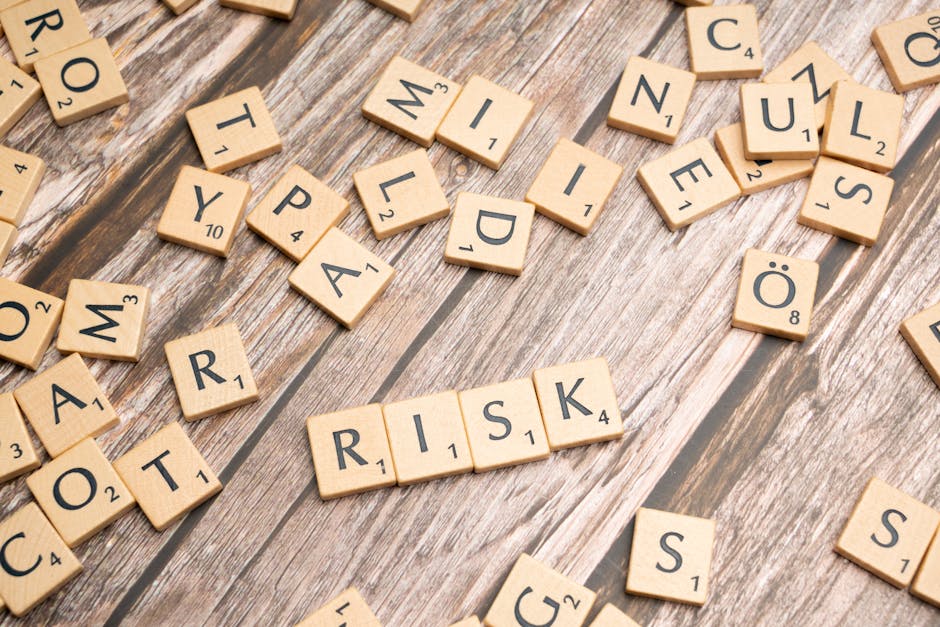Understanding Market Cycles

To build a stock portfolio that can survive any market crash, understanding market cycles is fundamental. Markets naturally go through periods of growth and decline, much like the changing seasons. The National Bureau of Economic Research notes that expansions typically last around 58 months, while contractions average 11 months. Recognizing these cycles helps investors prepare for downturns, allowing them to adjust their portfolios strategically. By anticipating and planning for these changes, investors can make informed decisions and reduce panic during economic turbulence. Being aware of these cycles is akin to knowing when to plant and when to harvest, ensuring that investments are well-timed and fruitful.
Diversification: The Key to Stability

Diversification is like spreading seeds in various fields; it mitigates risk if one field fails to produce. By investing across different sectors, industries, and asset classes, investors can cushion their portfolios against market crashes. A diversified portfolio typically includes a mix of stocks, bonds, real estate, and commodities. According to Vanguard, diversification can reduce volatility by up to 30%, which is significant for long-term success. Imagine having a safety net under a tightrope walker; diversification serves as that net, providing security when markets wobble. It’s a strategic way to ensure that not all investments are adversely affected at the same time.
Focus on Defensive Stocks
Defensive stocks are like sturdy ships that can weather storms without capsizing. These stocks, often found in sectors such as utilities, healthcare, and consumer staples, tend to perform steadily during economic downturns. For example, during the 2008 financial crisis, companies like Procter & Gamble and Johnson & Johnson maintained their stock prices better than the broader market. Investing in defensive stocks provides stability and consistent dividends, acting as a buffer in volatile times. They are the anchors that keep a portfolio grounded when economic winds threaten to blow it off course.
Incorporating Dividend Stocks
Dividend stocks are the gift that keeps on giving, providing a steady income stream even when the market is down. These stocks offer regular payouts, which can be especially valuable during downturns. Fidelity reports that dividend-paying stocks have historically outperformed non-dividend stocks, returning an average of 9.5% annually over the past 90 years. This makes them a reliable choice for those looking to weather market storms. Think of dividend stocks as the reliable friend who always has your back, providing support when you need it most.
The Importance of Cash Reserves
Cash reserves are like an emergency fund for your portfolio, providing liquidity when opportunities arise. Keeping 5-10% of your portfolio in cash or cash equivalents allows investors to buy when stock prices are low, taking advantage of market dips. This strategy not only provides liquidity but also reduces overall portfolio risk. Imagine having a rainy-day fund; cash reserves serve a similar purpose, offering peace of mind and flexibility during economic uncertainty. They ensure that you’re never caught off guard, ready to seize opportunities as they come.
Regular Portfolio Rebalancing

Rebalancing your portfolio is like regular maintenance for a car; it keeps everything running smoothly. Market fluctuations can cause investments to drift from their target allocations, increasing risk. A study by Morningstar found that rebalancing can enhance returns by up to 1% annually. Investors should review their portfolios at least once a year, adjusting as necessary to stay aligned with their investment goals. It’s a disciplined approach that ensures your portfolio remains in tip-top shape, ready to tackle whatever the market throws its way.
Investing in Index Funds
Index funds are the workhorses of the investment world, offering broad market exposure and diversification at a low cost. According to SPIVA, over 80% of active fund managers underperform their benchmarks over a 10-year period. By investing in index funds, investors can benefit from market growth while minimizing fees. They are a smart choice for those seeking long-term stability, allowing investors to participate in market gains without the stress of picking individual stocks. Index funds are like a buffet of investments, providing a little bit of everything to satisfy a variety of tastes.
Understanding Risk Tolerance

Knowing your risk tolerance is like understanding your personal limits; it’s crucial for making informed investment decisions. Risk tolerance varies from person to person and is influenced by factors such as age, financial goals, and investment horizon. A survey by Charles Schwab found that 70% of investors do not fully comprehend their risk tolerance. Assessing your risk profile can help you build a portfolio that aligns with your comfort level, ensuring that you’re prepared for the ups and downs of the market. It’s about knowing how much risk you can handle before feeling uneasy, guiding you towards investments that suit your temperament.
Utilizing Stop-Loss Orders

Stop-loss orders act as a safety mechanism, automatically selling stocks when they reach a certain price. This tool helps investors limit potential losses, providing a disciplined approach to volatile market conditions. According to Investopedia, using stop-loss orders can prevent emotional decision-making, which often leads to poor investment choices. They are like guardrails on a mountain road, ensuring that your investments stay on course even when the market takes unexpected turns. Stop-loss orders provide peace of mind, allowing investors to focus on long-term goals without worrying about short-term fluctuations.
Continuous Education and Adaptation

In the ever-evolving world of finance, continuous education is vital for successful investing. Staying informed about economic trends, market news, and investment strategies ensures that investors can make strategic decisions. Resources such as financial news websites, investment podcasts, and online courses offer valuable insights. Think of it as keeping up with the latest technology; staying informed ensures that your portfolio remains relevant and resilient. By remaining adaptable and knowledgeable, investors can navigate the financial landscape with confidence, ensuring that their portfolios thrive in any market environment.




